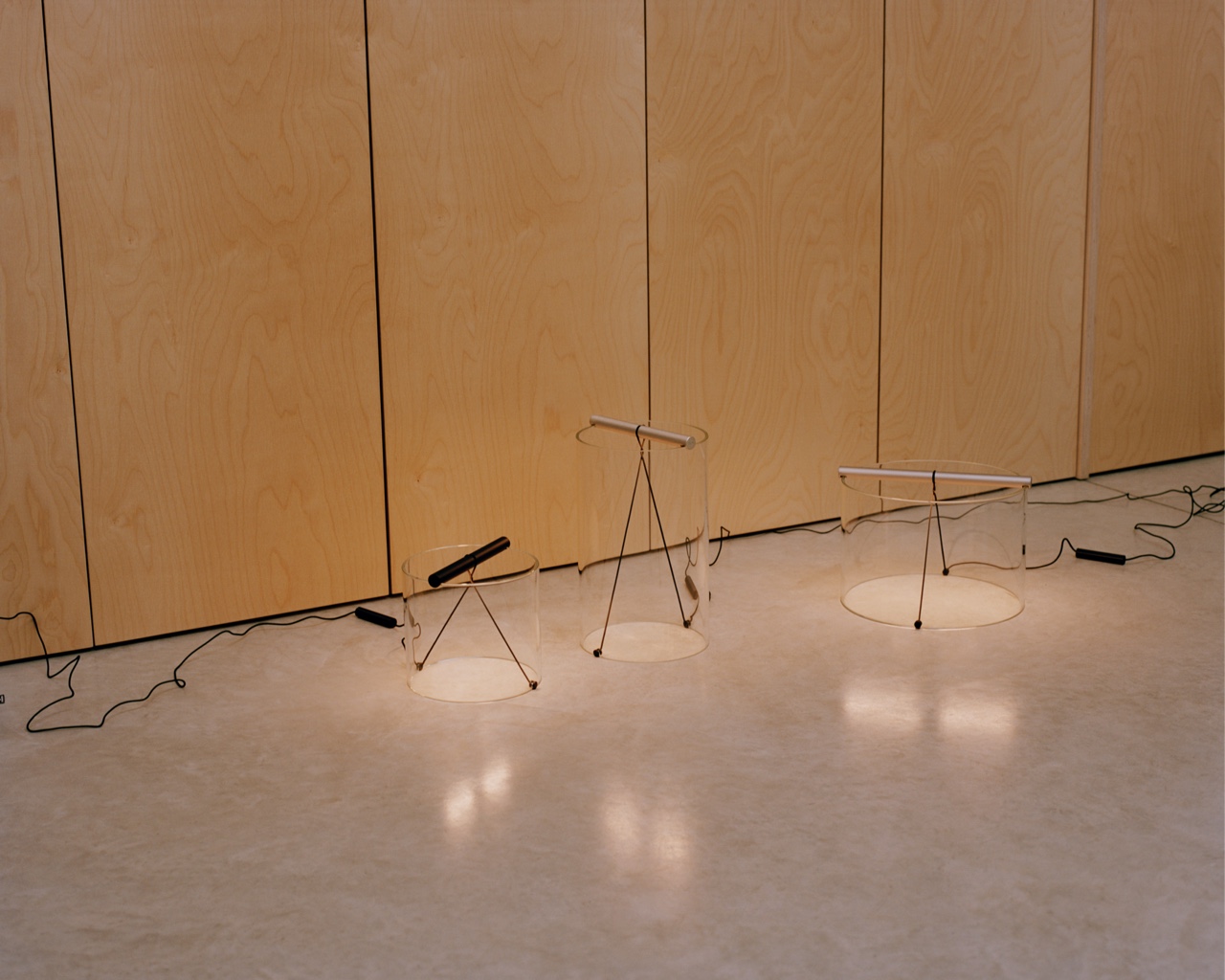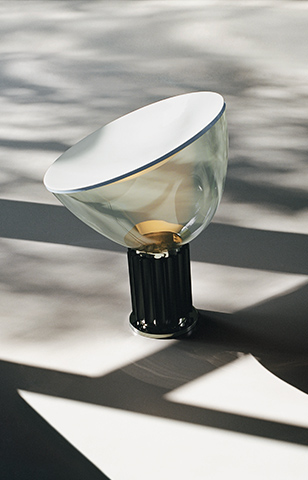Guglielmo Poletti

Wann war Ihnen klar, dass Sie Designer werden wollten?
Ich näherte mich dem Designthema schrittweise. Die anfänglichen Inspirationen kamen sicherlich von meinem Vater, der selbst kein Designer war, aber ein äußerst sensibler und talentierter Mann mit einem feinen Geschmackssinn und einer großen Neugier gegenüber den unterschiedlichsten Arten von Objekten. Seine beeindruckende Persönlichkeit hat mich beeinflusst, aber auch dazu gebracht, nach meinem eigenen Weg zu suchen, so dass Design meinen Weg hauptsächlich als Werkzeug der Emanzipation kreuzte. Ein sehr guter alter Freund von mir sagte mir einmal, kurz nachdem ich meine Karriere begonnen hatte: „Du hast dich in der Welt um dich herum nicht wohlgefühlt, also hast du deine eigene entworfen.“ Dieser Gedanke war mir nie gekommen, aber es ist wahrscheinlich wahr. Der eigentliche Auslöser kam 2010, als ich einen Vortrag über William Morris, Kunst und Handwerk und die Entstehung des Industriedesigns besuchte. Da machte es Klick – ich dachte, dieses Feld würde es mir ermöglichen, die Dinge nach meinen subjektiven Kriterien zu gestalten. Und seitdem ich mit vollem Einsatz dabei.
Was ist für Sie Kunstlicht?
Kunstlicht ist die wichtigste Komponente, die die Atmosphäre jeder architektonischen Umgebung bestimmt. Wenn es dunkel wird, ist es der wahre Stimmungsmacher, viel mehr als jedes andere physische Objekt um uns herum, einschließlich der Leuchte selbst. Tatsächlich wird in der Architekturbeleuchtung oft versucht, die Leuchte fast verschwinden zu lassen und in den Raum zu integrieren. Aber in der dekorativen Beleuchtung spielt die Leuchte neben der Funktion als Instrument, das für das bestmögliche Licht sorgt, auch als Objekt selbst eine wichtige Rolle. In diesem Fall wird Kunstlicht, wenn die Qualitäten der Leuchte und der Lichtleistung erfolgreich miteinander verwoben sind, zu einer vergänglichen Zutat, die einem Objekt, das sonst bedeutungslos bleiben würde, eine Seele verleiht.



„Thinking by Doing", einfach loslegen und probieren: Er folgt seinen Intuitionen bis hin zu Prototypen und treibt Werkstoffe bis an ihre Einsatzgrenzen. „In neun von zehn Fällen führt mich eine Intuition nicht dorthin, wo ich sie zu haben glaubte. Und das ist immer spannend, und wenn man lernt, diesem Prozess zu vertrauen, kann man nie mehr zurück“
Tell us about the first time you worked with Flos.
It was just a month into the Covid-19 pandemic, when I first got in touch with Flos. I received an informal email by (Flos’ Design Curators) Calvi Brambilla to evaluate the possibility of a collaboration. I felt both honoured and excited, and the surreal silence surrounding me due to the imposed lockdown made that moment even more special. Following a first virtual meeting, I started working freely on several ideas without any brief. Alongside several other proposals, I presented a 1:1 study model of To-Tie, which despite its roughness managed to convey the core of the project vey clearly. Thanks to it, To-Tie suddenly became the most advanced proposal and therefore the first one which got implemented. From then on the process went smoothly, but it took us one year and a half of refinement, working on the details that make To-Tie a Flos lamp. In this phase I was able to reach a level of precision beyond my expectations, thanks to the trust and support of the whole team. I then grasped the true quality of the Flos: a mindset that stays humble and open despite its incredible cultural heritage, supported by a technical expertise through which the company challenges its comfort zone and constantly pushes the limits.
What’s the next object you want to design?
I have just started working with lighting, and I enjoyed it very much. So right now my main wish is to keep exploring this field. I particularly appreciate the contrast between the great deal of formal freedom it allows and the strictness dictated by the technical parameters that have to be met. These opposite concepts represent two sides of the same coin, a way of facing the project very congenial to my practice, which helps abstraction to become rational. Broadly speaking, I would like to expand my portfolio by working on new typologies, the many small parts which constitute the whole within an architecture. I would like to keep working on furniture, experimenting with some more mature industrial typologies and experimental limited editions. For some reasons, handles fascinates me recently. Eventually, I would like to build a small scale architecture myself, maybe a modular structure which could become the container for few of the objects I have designed.
Has any great designer, artist or musician inspired your work?
I am more interested in the attitude of the people I admire, rather than their formal output. Attitude is what matters to go after your objectives without making too many compromises, finding your way despite all the external influences. What all the figures that could be mentioned as references for me have in common is the trustful pursue of a very specific vision, through consistency and perseverance. To mention one example, the figure of Maarten Van Severen has always fascinated me. Along his relatively short career he created just a few pieces with so much intensity. They represented his ideas of archetypes, and he did it with maximum effort. And, most importantly, he was the first client of himself – he made things because he wanted to see his ideas realised, and such motivation creates a deep bond with one’s work I think. For instance, the Vitra .03 chair was born autonomously in his workshop, and was entirely made in aluminium initially. Only later he decided to engineer it with the company, fine tuning it to turn it into an industrial product. But the original work resulted from an attempt of making the perfect chair according to his personal standards, an intimate desire. Such an independent approach resonates very much with me.













